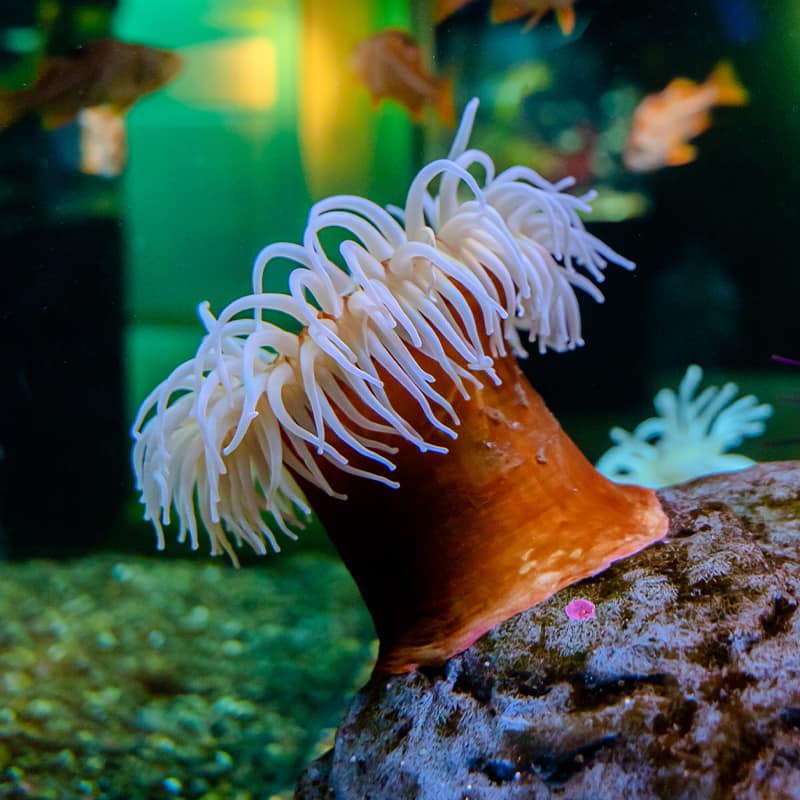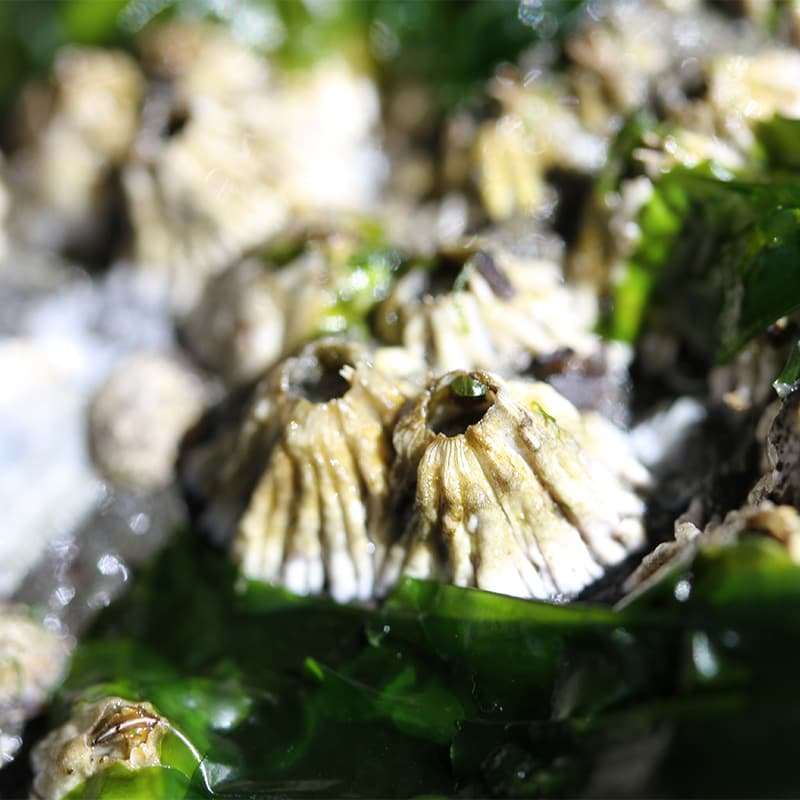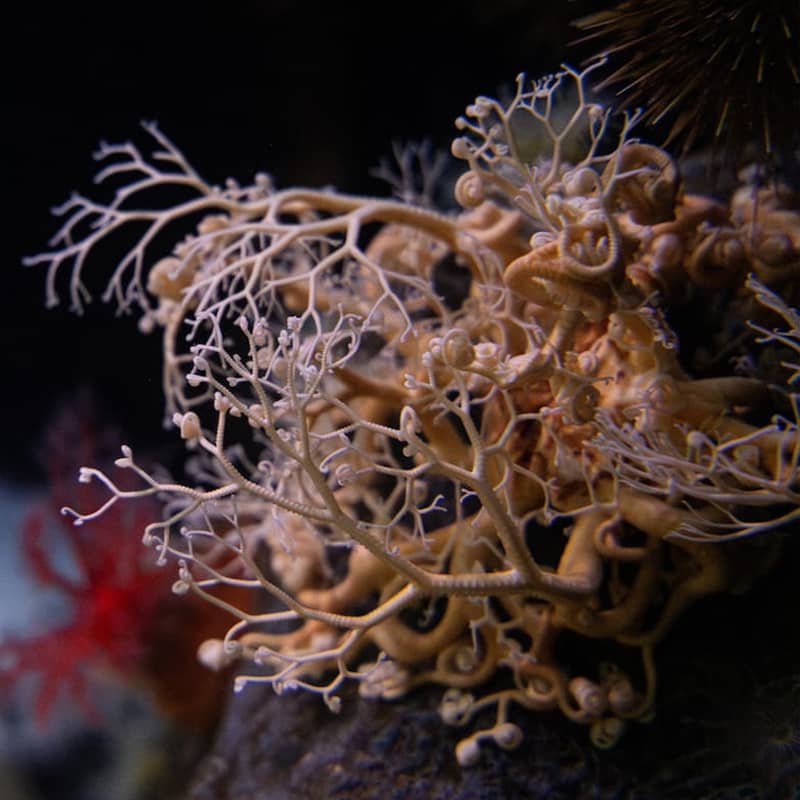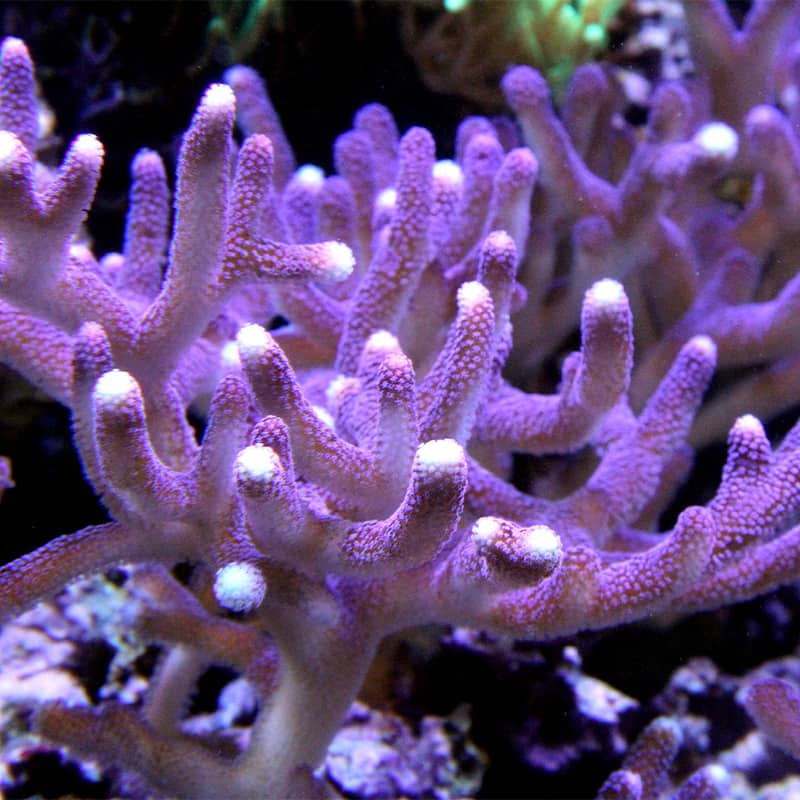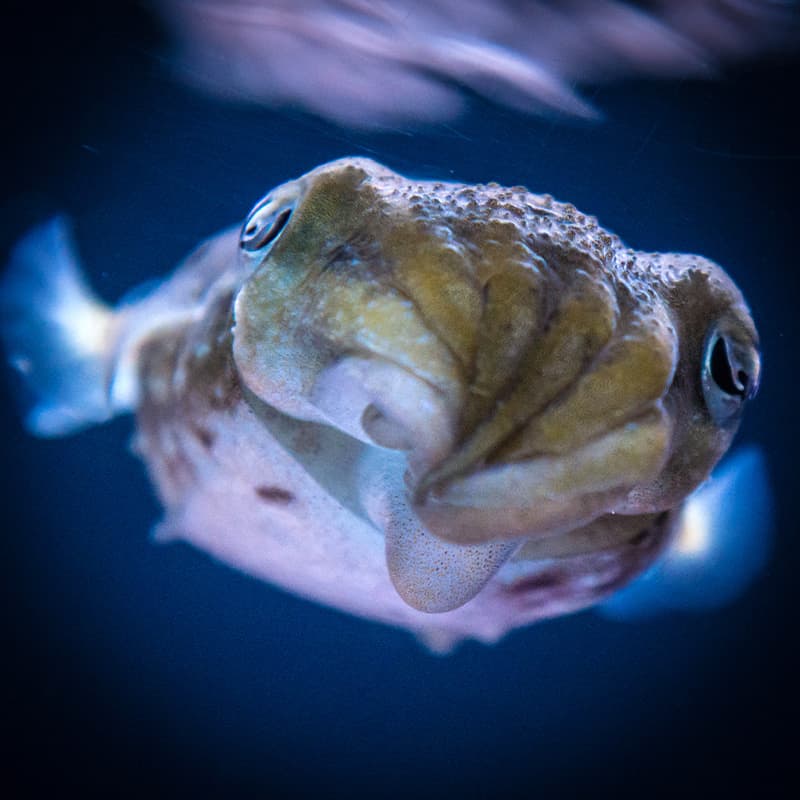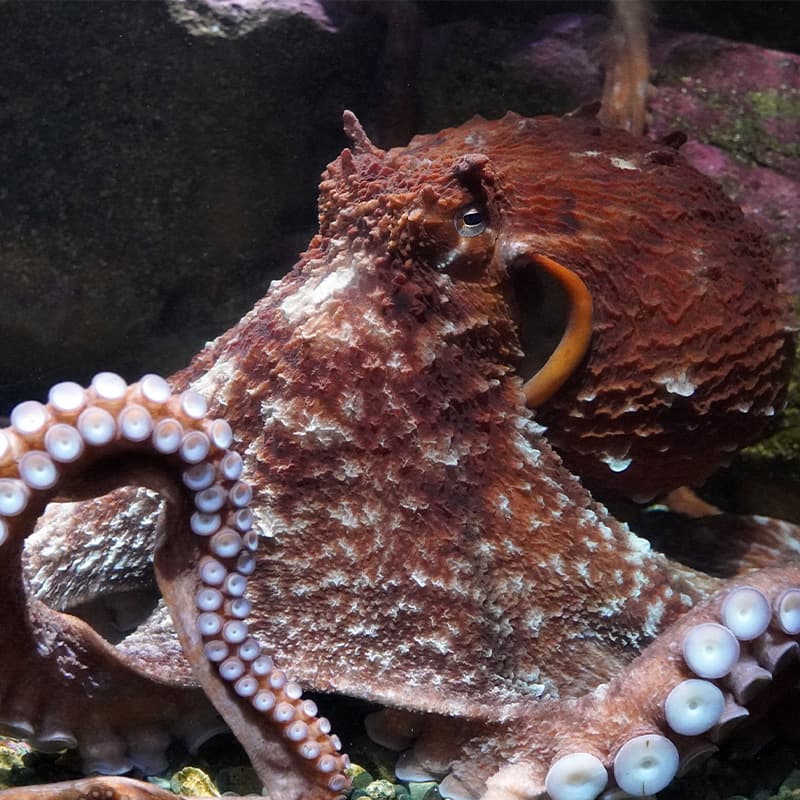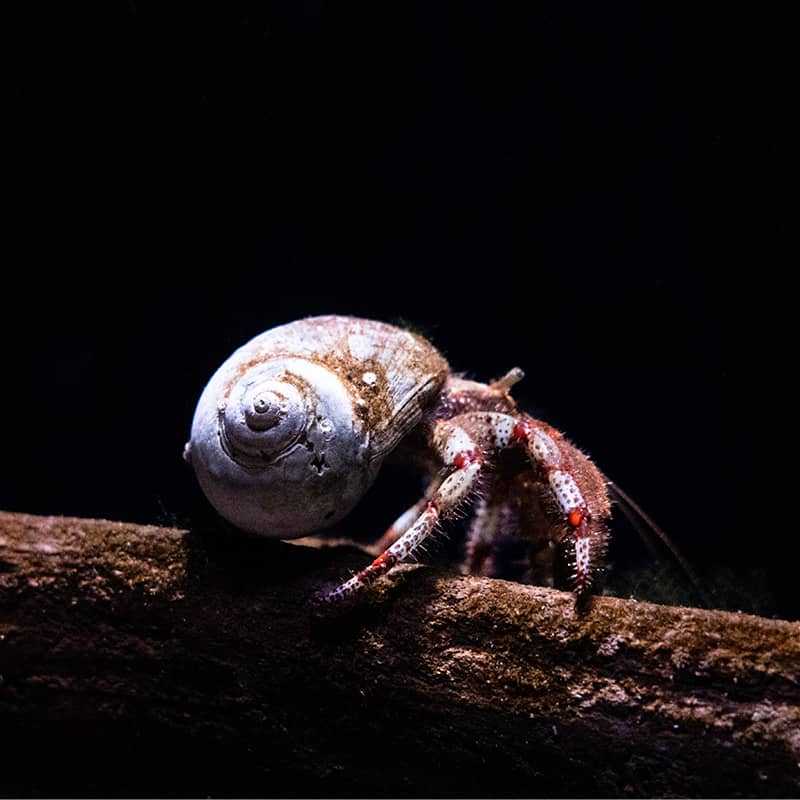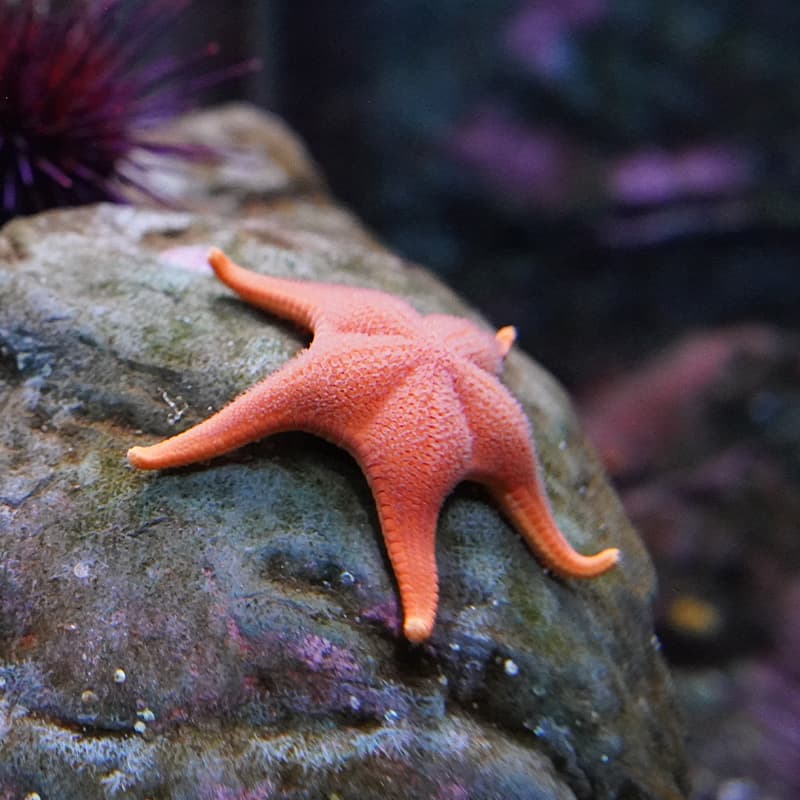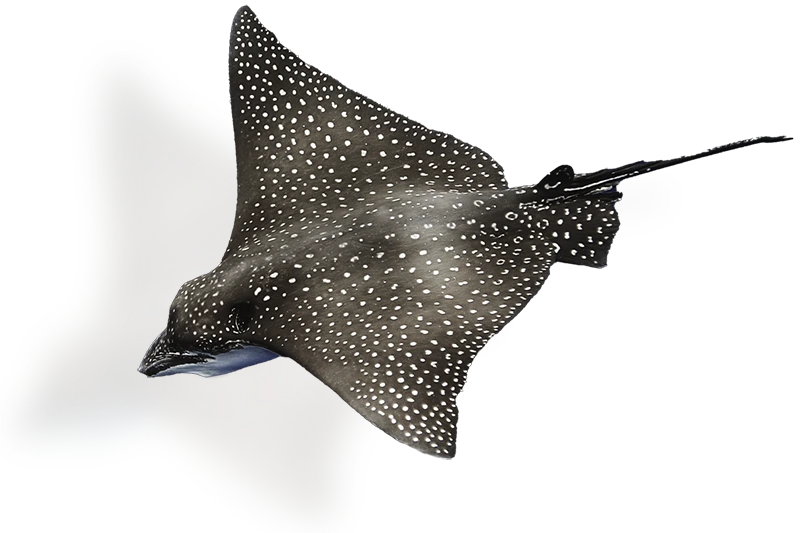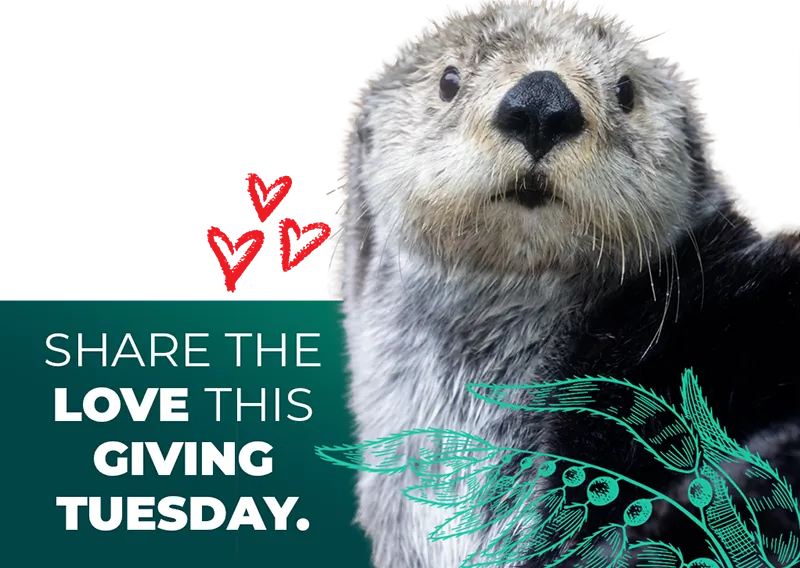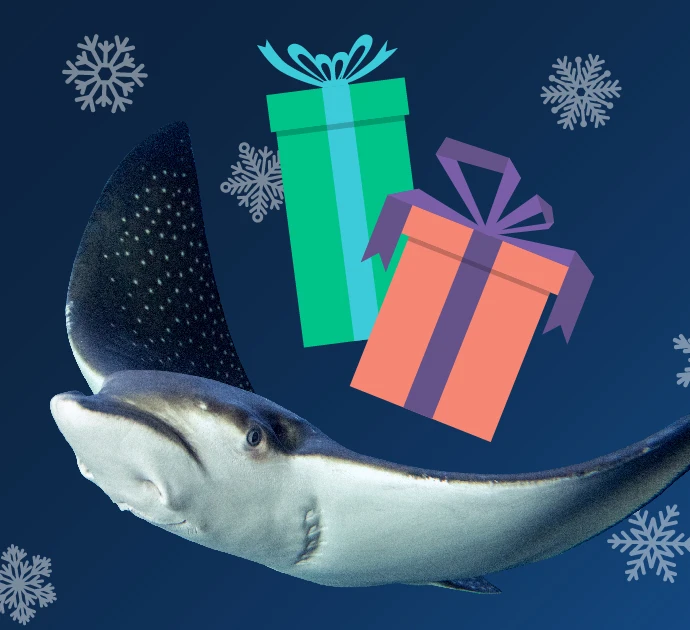- Invertebrates
Moon jelly
Learn more about these ancient drifters of the sea!
Jellies have been around for hundreds of millions of years—since before dinosaurs roamed the earth. They’re members of the phylum cnidaria, pronounced NYE-daria, from the Greek word for “stinging nettle.” This group of invertebrates is made up of animals that have stinging capsules in the tentacles surrounding their mouths. Puget Sound is home to well over 340 species of cnidarians, including the moon jellies at the Seattle Aquarium.
At the Aquarium
- Moon jelly habitat, Pier 59
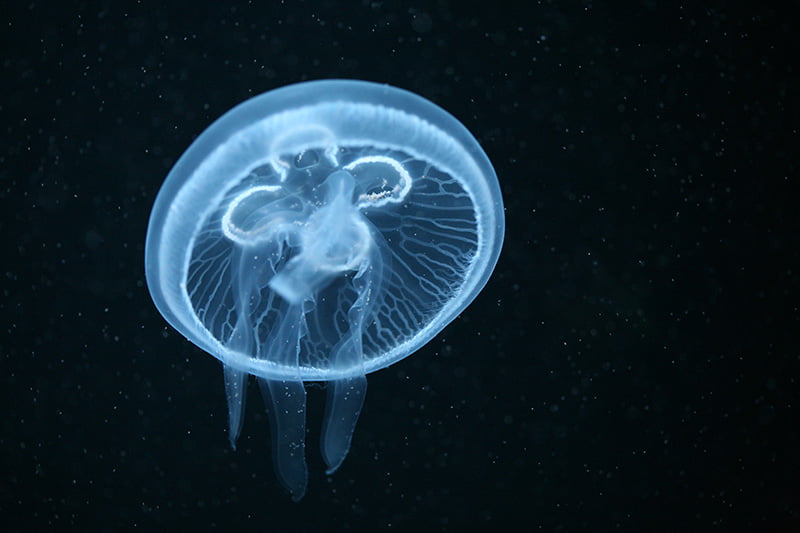
A big, fascinating family
Jellies are related to a lot of interesting creatures, many of which can also be found at the Seattle Aquarium: sea anemones, sea pens, sea fans, sea whips, and soft and stony corals, to name just a few.
Jellies are plankton, really?
Many people think of plankton as microscopic creatures but they’re actually defined by their inability to swim against the current: they’re drifters and floaters. While jellies can pulsate their bells to move, the force isn’t strong enough to propel them against the current. So not only are jellies plankton, they’re the very largest form of plankton on earth.
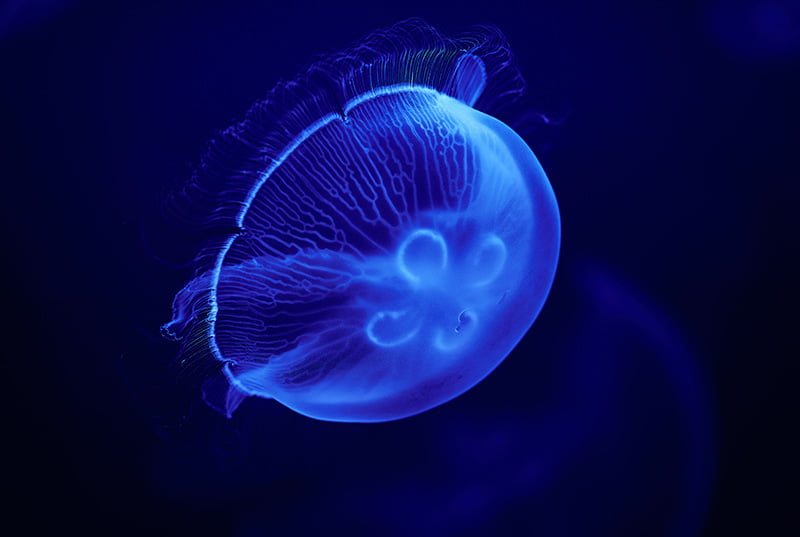
The mouth is also the…ewww!
It’s true: a jelly’s mouth also serves as its anus. That means they take in food—mostly plankton, crustaceans, fish eggs, small fish and even other jellies—and poop out waste through the same opening. Here’s another interesting fact: jellies are made up of 98% water. If they get washed up on the beach on a warm and sunny day, they can literally evaporate to almost nothing!
A mirror image
Another fascinating fact: jellies have what’s called radial symmetry. That means that if you were able to cut a jellyfish through the center and across the bell in any direction—not that you ever would, of course!—the two halves would be exactly the same.
About those stings
All jellies carry a sting—it’s what defines them as cnidarians. But the severity of that sting varies greatly from species to species. For instance, the sting of a box jelly, found in the waters around eastern Australia, can kill an adult human in less than three minutes! Lucky for us, the jellies found in Puget Sound aren’t very dangerous—but their stings can still cause plenty of pain and irritation. It’s best to stay on the safe side and not touch them. Be careful: even dead jellies that have washed up on the beach can sting!
Quick facts
Jellies have been around since before dinosaurs roamed the earth!
Jellies are the largest form of plankton.
These invertebrates have stinging capsules in the tentacles surrounding their mouths.
